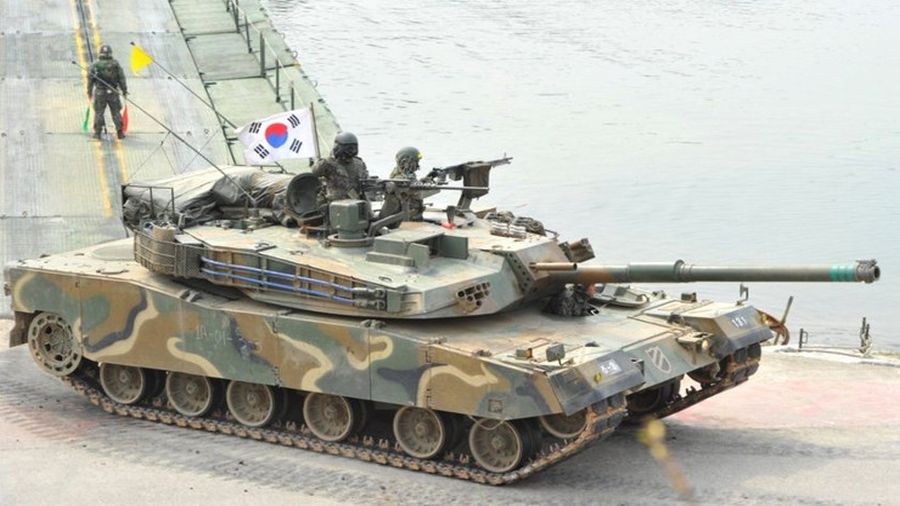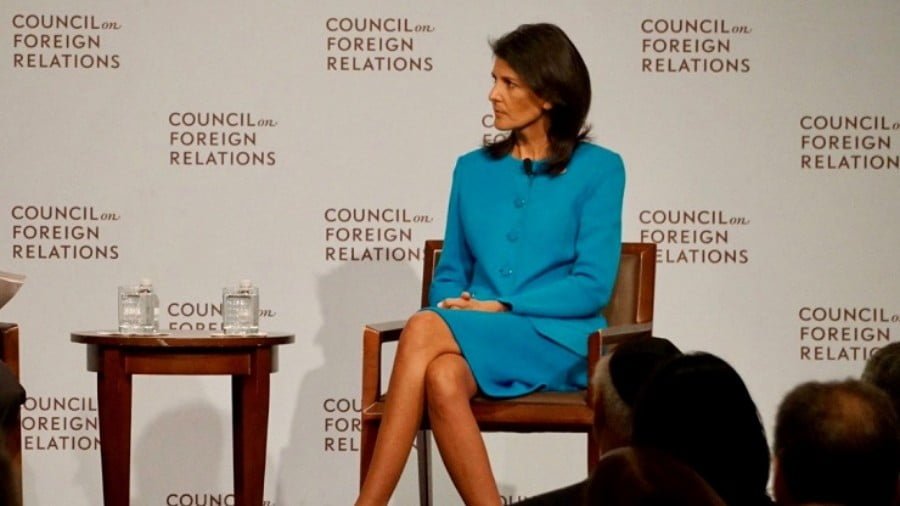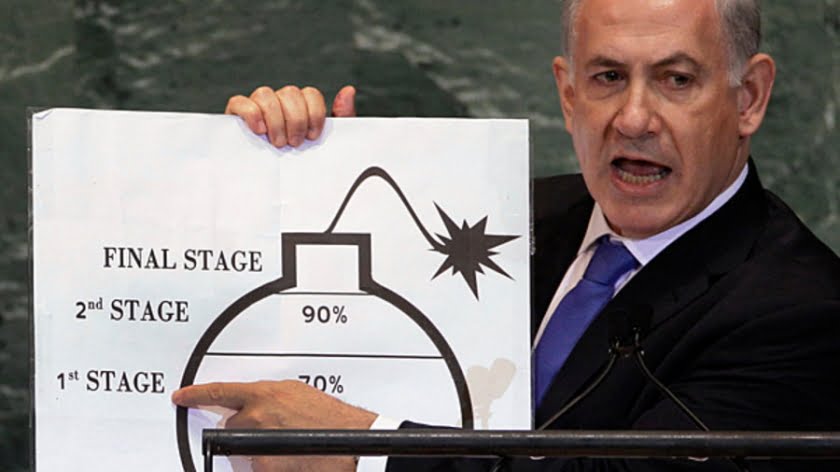On Completion of the Ulchi Freedom Shield Exercises
On September 1, the ROK-US joint military exercises Ulchi Freedom Shield, about the preparation of which we wrote not long ago, came to an end.
The exercises, based on the concept of total war, included three key elements: a computer simulation of the command post, a civil defense exercise and field training. More than a dozen field training activities were carried out in line with the conservative Yoon Suk-yeol administration’s commitment to “normalizing” exercises, which were reduced or suspended during Moon Jae-in’s rule as his administration sought not to irritate Pyongyang, which has shown a negative attitude towards any exercises in the south of the Korean peninsula. Then US President Donald Trump also considered the exercise too costly and too provocative for the North.
From a conservative perspective, over the past five years regular allied exercises have been reduced to mere computer simulations, while North Korea has been testing new weapons, including hypersonic ones, which has led to the creation of new contingency plans and new exercises by the ROK.
Speaking at a cabinet meeting, ROK President Yoon Suk-yeol said the current exercise would be a starting point in strengthening the government’s emergency preparedness in line with the new warfare environment. “It may involve cyberattacks on key facilities such as ports, airports and (the manufacturing plants of) semiconductors or attacks on the supply chains of important materials, with the aim of neutralizing our war capabilities”.
The event took place in several stages. A preliminary emergency response exercise took place from August 16 to 19 and the first phase, combined with the 54th national civil defense exercise Ulchi-2022, took place from August 22 to 26. Exercise participants practiced detecting explosive devices in nuclear power plants, extinguishing a fire at a semiconductor plant, preventing banking system paralysis, preventing terrorist attacks at airports and repelling drone attacks.
Some 4,000 enterprises and organizations and 480,000 people were involved in the exercise. The highlight was repelling an attack on the capital’s metro headquarters. According to the script, the Seoul office was taken over by terrorists, the attack was carried out using drones and poisonous substances. The military and police conducted a demonstration storming of the building, while the bomb squad dismantled a simulated chemical bomb.
Meanwhile, Seoul Minister of Defense Lee Jong-sup led a tabletop exercise aimed at deterring and countering threats from North Korea’s nuclear and other weapons of mass destruction. It was attended by officials from the Ministries of Foreign Affairs and Interior, as well as other relevant agencies.
On August 25, 2022, a three-day “Buddy Wing” air tactical exercise was held, involving the 20th Fighter Aviation Regiment of the Republic of Korea Air Force and the 36th Battalion of the 51st Fighter Aviation Regiment of the US 7th Air Force. The exercise practiced deployment to the other side’s airfields, exchanging air operations tactics.
From August 29 to September 1, the capital region’s security operations were practiced, including maneuvers to repel potential enemy strikes and counter-strike operations to secure the capital region. The exercise program included attack helicopter firing, scenarios of weapons of mass destruction elimination and warfare interaction, testing the capabilities of engineering units, demining, and special operations.
The Navy and personnel from the Army, police, fire service and other agencies took part in a joint training program to counter chemical, biological, radiological and terrorist threats at Incheon port, west of Seoul. “The Ministry of Defense’s report to the National Assembly shows that their training script reflects many of the actual combat situations being experienced in Ukraine”, certainly from the perspective of the “defending” side.
To prevent the spread of COVID-19, both sides introduced a number of strict anti-virus measures, such as requiring troops to undergo virus tests before participating in exercises and wear face masks.
On August 31, 2022, the Armed Forces of the Republic of Korea and the US held a separate four-day large-scale Combined Joint Fires Coordination Exercise (CJFCX). They took place at the Rodrigues Live Fire Complex in Pocheon, about 30 km south of the DMZ, and three other locations involving K1A2 and M1A2 Abrams tanks, 4.2-inch and 120 mm mortars, K9 and Paladin howitzers and A-10 combat aircraft. This is the first division-level exercise led by the 2nd Infantry Division (Republic of Korea-US Combined Division), established in 2015. About 900 soldiers from 17 South Korean and US units participated in the overall CJFCX operation, which focused on three components of interoperability – communications between the two armed forces, technical cooperation and the allied defense and combat systems process.
At the same time, the operational capabilities of the South Korean Armed Forces were assessed in anticipation of the transfer of wartime operational control to Seoul (OPCON). For the first time, the exercise was led not by an American, but by the Deputy Commander of the South Korean and US Joint Forces Command, three-star General Ahn Byung-seok. On August 24, the US Army Forces Command in the ROK reported that General Paul LaCamera handed over authority to his deputy in order to assess Seoul’s ability to command combined forces in wartime. The assessment was agreed upon last December during a meeting between the defense ministers of the two countries. This demonstrates progress in the allies’ plan to hand over OPCON. In 2019, the South partially led an exercise with the US. But this year, it is to command combined forces during the whole duration of the ongoing exercise.
A full assessment of operational capability is the second part of a three-phase program to test the South’s ability to lead a joint force, and one of the many steps that allies must take to ensure OPCON transition. Other conditions include the South’s strike capability and air defense capabilities, as well as regional security conditions conducive to hand over control.
Throughout the exercise, the allies maintained heightened vigilance amid fears that, under the pretext of responding to the exercise, the DPRK might take provocative action, such as a nuclear test or a missile launch, but nothing of the sort happened. Before the exercise, North Korea fired two cruise missiles, but during the maneuvers it limited itself to criticism in the media.
On August 23, a propaganda website, Uriminzokkiri, published an article stating that the above exercises were preparations for a military invasion of the DPRK. The claims by the ROK and the US that the exercises are a guarantee of peace and security were called “absurd sophistry”: the maneuvers lead to a deterioration of the political situation on the Korean peninsula and will be followed by an adequate military response.
On August 30, a new commentary published by the propaganda website Uriminzokkiri described the exercise as a violation of the inter-Korean military agreement of September 19, 2018. It was stressed that these sweeping maneuvers, “orchestrated by the US regime and its bellicose puppets”, were a “game with fire” aimed at a preemptive strike against the North. It was also noted that the administration of President Yoon Suk-yeol, which denies the inter-Korean agreements, has been leading to increased tensions by its actions. It was stressed that the DPRK is a nuclear and military power and that provocative actions by hostile forces, being “the height of stupidity”, put them in the crosshairs of a nuclear strike.
Another propaganda publication, DPRK Today, stated that the joint exercises proved to be aggressive in nature, as the US and South Korea planned to advance as far as the southern edge of Pyongyang.
Another North Korean propaganda website, Ryomyong, published a commentary calling the allied exercises a pathetic move against a nuclear power and a dangerous military provocation.
Russia has also expressed concern about the situation. According to a commentary by Russian Foreign Ministry Spokeswoman Maria Zakharova published on the Russian Foreign Ministry’s website on August 24, Moscow considers the actions causing serious concern in Pyongyang to be “counterproductive and dangerous”. “We have a negative attitude towards steps that lead to escalation of tensions. As a state bordering the Korean peninsula, Russia is interested in maintaining and strengthening lasting peace and stability there, and is in favor of developing dialogue and normalizing relations between the two Korean states without interference from outside forces and resolving the sub-region’s problems by peaceful, diplomatic means,” the commentary reads.
To summarize, “what I would tell you is that these exercises do remain important, in terms of ensuring that our militaries can closely work together and be prepared to fight and defend the Republic of Korea (ROK) and our partners and allies in the region should they need to”, Brig. Gen. Pat Ryder said. Moreover, they were instrumental in handing over command. The process was led by a South Korean general and, judging by the media scene, it went well in terms of organization and management.
The exercise did not cause any serious aggravation either – the DPRK got away with criticism in the media, but such criticism, with more or less invective, accompanies every joint US-ROK exercise.
Although it is hoped that Russia and the world will have less to worry about in this region.







